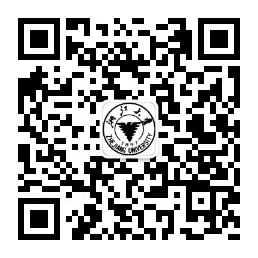视觉性与日常生活:
一九七○年代中�的日常�像
Late Mao Visuality:
Everyday Images from 1970s
主讲人:
美国威斯康辛大学麦迪逊分校东亚语言
Professor of Chinese Literature and Visual Culture
讲座时间:
地 点:紫金港校区东五201
内容提要:
Contemporary Chinese artists have used family portraits from the 1960s and 1970s to create experimental works that reinvent the very ideas of the camera, the album, and the familial gaze as vehicles of longing, remembering, and contesting. These artists adopt varying styles, using media that cover a wide spectrum and producing, exhibiting, and staging their works in diverse ways. Nonetheless, the unmistakable common thread that runs through these experiments is their expression of a relationship with a reconstructed past. This past often travels into the present as black-and-white photographic images capturing the faces, gestures, costumes, bodies, and flesh of fathers, mothers, brothers, sisters, uncles, aunts, lovers, husbands, and wives—that is, of the family. In this lecture, I pursue the prehistory of these images to critically address the recollection and reinvention of familial ties and bloodlines in contemporary Chinese art.
演讲试图追溯当代中国前卫艺术中过去影像的前史,并重新思考当代中国艺术对家族联系与血缘亲情的重新召唤及再制现象。在毛泽东时代的视觉文化中,全家福作为一个通俗的日常的文化生产类型曾经占据了一个举足轻重的地位。通过对全家福的历史定位,本文试图展现的是动乱年代日常生活中的伏流。这里的第一手资料乃产于文革后半期(一九七○年代初期至中期)的一系列私藏的全家福照片,这些照片表面的微不足道可与同时期旗帜鲜明的政治宣传照片参照。远在当代实验艺术家出现之前,表面稀松平常的全家福已经开始了记忆重构的过程。当下的生活在大大小小的中国城镇摄影棚中定格,小小的全家福被个人收藏并归为过去的记忆存档。革命时代的记忆重构在那个时代结束之前就开始了。近年来关于后社会主义或后纳粹的视觉文化研究较为著重对「后记忆」的讨论,而检视那些在文革尚未结束前便已经开始记忆重整的视觉实践,应是作者选择留意的主题。
教授介绍:
黄心村 (Nicole Huang),浙江省杭州市人,北京大学中文系文学专业毕业后旅美留学,获加州大学洛杉矶分校东亚语言
主 办:
浙江大学外国语言文化与国际交流学院
跨文化研究所、英语文学研究所





